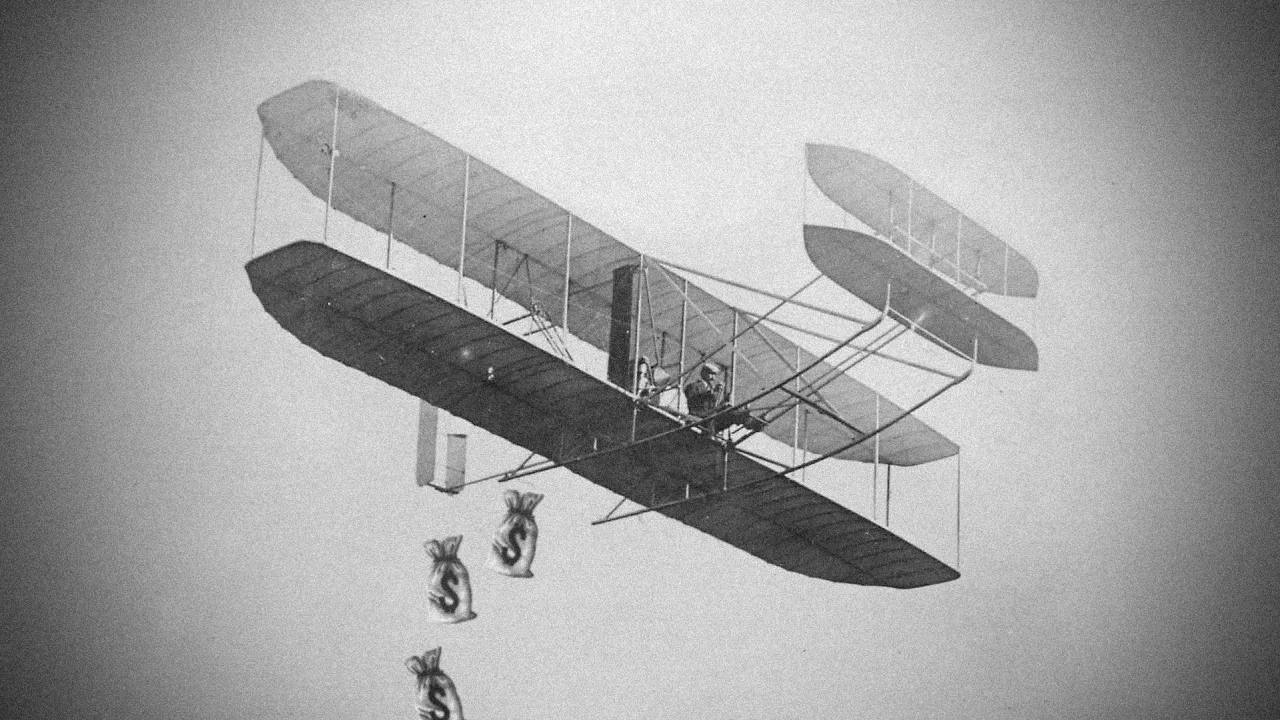Wisper Electric Bike vs. Fat Tyre Electric Bikes: Advantages and Disadvantages:
This comparison will outline each category’s defining features, followed by detailed pros and cons, helping you decide which e-bike best suits your terrain preferences.

Wisper Electric Bike:
Choosing the right electric bike often involves matching your riding needs with the bike’s design and capabilities. Two popular options are Wisper electric bikes—renowned for their lightweight frames and urban-friendly configuration—and fat‑tyre electric bikes, which excel in off-road and loose-surface environments.
Wisper Electric Bikes Overview
Wisper, a British manufacturer, is renowned for producing lightweight, agile electric bikes tailored to urban commuters. Their range includes models like the foldable Tailwind 806 and the step-through Tailwind Comfort, all using a 250 W high-efficiency brushless motor paired with battery options typically between 375 Wh and 700 Wh. Wisper Electric Bikes often weigh around 19 kg, which is notably lighter than many competing e-bikes, making them easy to handle and transport. Top speeds are capped at 25 km/h per EU regulations, and real-world ranges span 80–140 km, depending on battery size and riding mode
Pros of Wisper Electric Bikes
Lightweight & Portable:
At approximately 19 kg, Wisper models score high on portability—ideal for multi-modal commutes or storage in small urban flats.
Urban Agility:
Narrow tyres (1.95″–2.0″) and compact frames offer quick handling, responsive steering, and confident cornering on tarmac.
Foldable Convenience:
Models like the Tailwind 806 fold down in seconds, simplifying storage in car boots or office corners.
Refined Aesthetics & Build:
Wisper bikes feature sleek paint finishes, integrated lighting, and minimal cable exposure, appealing to style-conscious riders.
Balanced Range:
Battery options up to 700 Wh deliver up to 140 km of assistance—ample for daily commutes or weekend errands.
Cons of Wisper Electric Bikes
Limited Off-Road Capability:
Standard road tyres and low-profile forks constrain performance on gravel, mud, or loose surfaces.
Modest Torque:
The 250 W motors produce sufficient town‑riding power but lack the grunt (often < 50 Nm) needed for steep or technical off-roading.
Component Upgrades Costly:
Upgrading to suspension forks, wider tyres, or cargo racks can be expensive and may require frame-specific parts.
Battery Charge Time:
Larger 700 Wh batteries can take 5–6 hours to fully recharge on a standard 2 A charger, potentially limiting back-to-back rides.
Premium Pricing:
As a specialist brand, Wisper commands higher price points (often £1,800–£2,500), which may stretch some commuter budgets.
Fat Tyre Electric Bikes Overview
Fat‑tyre e-bikes feature tyres ranging from 3.5″ to 5″ in width, providing an oversized contact patch that “floats” over soft or uneven terrain. These bikes often use higher‑torque motors (350 W–750 W) and robust frames to tackle snow, sand, mud, and rough trails. Their cushioned ride stems from the tyres’ low air pressure (3–10 psi), which absorbs shocks and vibrations without requiring suspension.

Pros of Fat Tyre Electric Bikes
Exceptional Traction:
Wide tyres offer superior grip in loose conditions—snow, sand, or wet grass—enabling riders to venture where narrow-tyred‑bikes can’t go.
Built-in Suspension:
The tyre’s volume and low pressure absorb bumps and obstacles, delivering a smoother ride without the added weight of forks or rear shocks.
Enhanced Stability:
The large footprint increases lateral stability, making fat‑tyre bikes forgiving for beginners or cruising on unpredictable surfaces.
All‑Season Capability:
From winter trails to beach boardwalks, fat tyres keep rolling when standard e-bikes might bog down, extending your riding season.
Cons of Fat Tyre Electric Bikes
Reduced Efficiency:
The increased rolling resistance drains battery life faster, cutting real-world range by 15–30% compared to narrow‑tyre counterparts.
Heavier Weight:
Tyres, rims, and reinforced frames add 5–8 kg, making the bike less nimble off‑the motor and more taxing when lifting or loading.
Slower Speeds:
Fat‑tyre e-bikes typically have lower top speeds (20–23 kph) and slower acceleration on tarmac due to friction and drag.
Higher Cost:
Specialty components and rugged construction can push prices to £2,500–£4,000, with fewer budget-friendly options available.
Limited Manoeuvrability:
The bulky tyres reduce agility in tight turns or technical singletrack, making them less suited for narrow trails or urban weaving.
Choosing the Right Option:
Daily Commuting & Portability:
If your focus is urban commuting, mixed‑car travel, and easy storage, Wisper’s lightweight, foldable design makes it the clear winner.
Adventure & Off-Road Riding:
For weekend trail rides, beach excursions, or snowy rides, fat‑tyre e-bikes provide the traction and comfort needed to explore beyond paved paths.
Budget Considerations:
Wisper’s base models start lower than most fat‑tyre offerings, but be mindful of add-on costs (upgraded forks, racks). Fat‑tyre bikes carry a premium for specialty components.
Range & Efficiency:
Wisper bikes deliver superior range on a single charge for road-oriented usage, while fat‑tyre bikes sacrifice some efficiency for all-terrain performance.
Conclusion:
Both Wisper electric bikes and fat‑tyre electric bikes cater to distinct rider profiles. Consider your primary riding terrain, storage constraints, and performance priorities to select the e-bike that best aligns with your lifestyle, and enjoy the pedal-assist freedom that modern electric bikes bring.






























































![https //g.co/recover for help [1-866-719-1006]](https://newsquo.com/uploads/images/202506/image_430x256_684949454da3e.jpg)
























![How Smart PMs Scale Their Careers in Any Org [TPG Live Recap]](https://tpgblog.com/wp-content/uploads/2025/06/2025-06-12-thumbnail-action.png?#)





















































